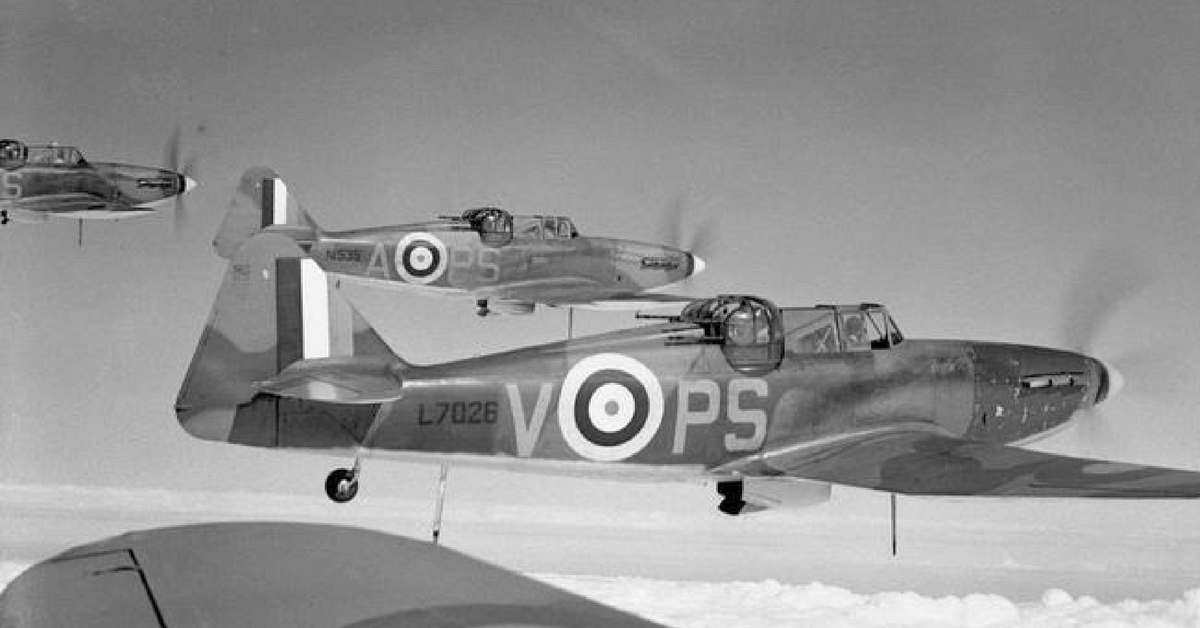The most famous aerial battle in history, the Battle of Britain was a hard fought and desperate struggle to hold back Nazi Germany. Having launched air raids against Britain in June and July 1940, on the 8th of August, the Germans launched the first of the high-intensity raids that marked this battle. Intended to soften up the British ready for an invasion, these attacks eventually ended in failure. Britain and her allies held back the tide.
Faced with the might of the Luftwaffe, how did they win?
#1 – They Made Use of Pilots From Across Europe
At the start of the conflict, the Royal Air Force (RAF) faced a shortage of trained pilots. Some were drawn in from the Fleet Air Arm and from Coastal Command to make up numbers. But it was other European fliers who made the Battle of Britain into something for the whole of Europe.
Fighter pilots had fled Eastern European countries as they fell to the Nazis. Enough arrived in Britain to form four whole squadrons of Polish pilots and another made up of Czech fliers. With their allies at their side, the British took to the skies.
#2 – They Had Better Planes
The design decisions of both sides gave the Allies the technological edge.
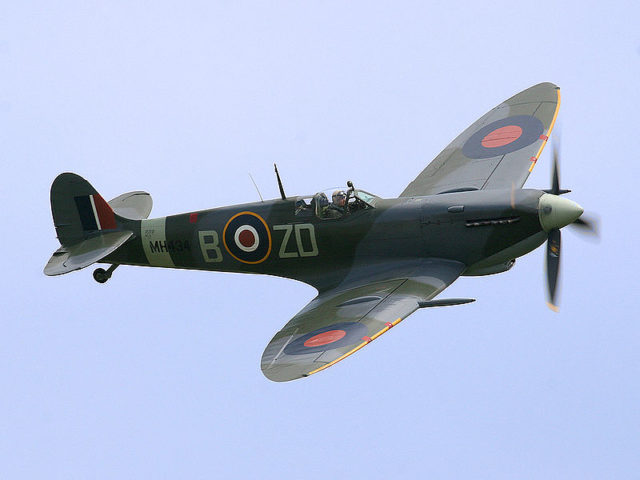
One of the German planes was the twin-engine Messerschmitt Bf 110 “destroyer”, a plane so much slower and less maneuverable than its opponents that it earned the nickname “Göring’s folly”. The Messerschmitt Bf 1o9E was better, being about as fast as any British plane and able to climb faster than the famed Spitfires.
But it was the Spitfires that made the difference. More maneuverable than anything the Germans flew and armed with eight machine-guns, they were unrivaled in the skies.
#3 – The Germans Lacked Strategic Focus
At the start of the campaign, the Luftwaffe’s overall strategy was to focus on the infrastructure that kept the RAF in the air. Airfields, factories, and ports were targeted.
But there was still a lack of focus in these attacks, shifting from one target to the next. As a result, the effect of the attacks was blunted.
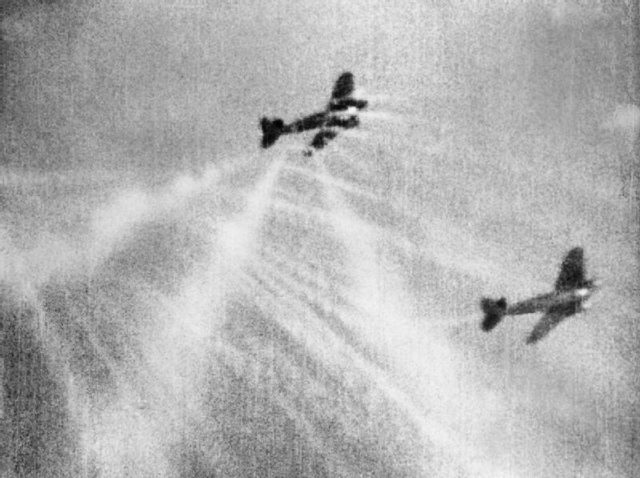
#4 – The British Fuel Tanks were Full, the Pilots Were Rested
Flying all the way from bases in Germany, the attackers were pushing their flight ranges far harder than the defenders. Fighters, in particular, had smaller tanks and were often near the end of their fuel by the time they reached their targets.
As a result, bombers were often forced to attack with little fighter cover to defend them. Dive-bombers were particularly vulnerable to British attacks.
Meanwhile, the Britons, Czechs, and Poles were defending targets close to their home bases. They came to the fight with planes full of fuel and pilots better rested than those they faced. They might have fewer planes, but those planes spent more time in useful action.
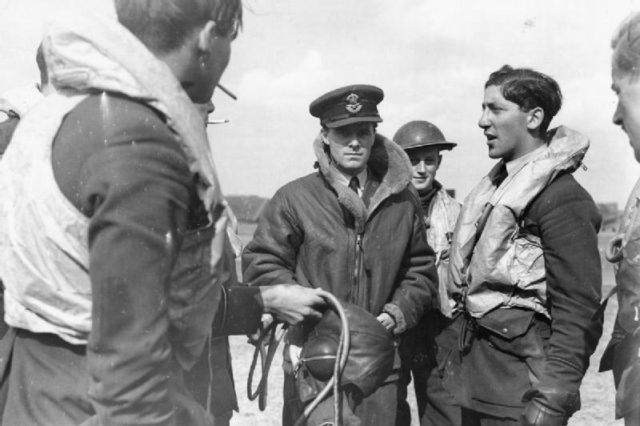
#5 – British Radar Was The Best Around
Stretching from the Shetland Islands in the north to Land’s End in the far southwest, Britain’s radar network was the most advanced in the world. Combined with RAF bases in the battle zone of Britain, this allowed them to spot attacks on their way and get fighters into the air to counter their bombing runs. As a result, British planes were not caught on the ground and destroyed by the bombers as Hitler had hoped.
Once in the air, the planes were directed by control stations with access to information from the radar network. They could see where the Germans were going and direct the pilots onto them, sometimes catching the Germans by surprise.
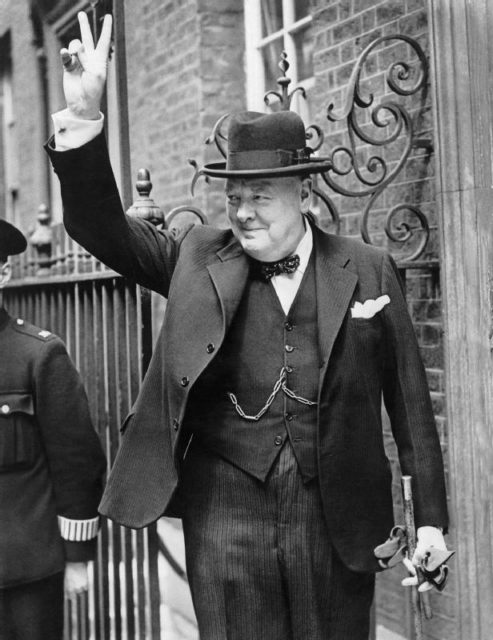
#6 – The British Were Fighting Above Their Home Turf
During the First World War, German Flyers had dominated the skies through superior technology and defensive flying. This time, those advantages fell to the Allies.
Fighting over home ground gave the British and their allies many advantages. It meant that they could use the radar network to best effect. There was less wear and tear on the planes from flying back and forth. Less fuel was expended, a vital factor given the vulnerability of British supply lines across the Atlantic.
#7 – The British Could Take Prisoners
The biggest edge the home advantage gave them was that they kept more of their pilots. If a British, Czech, or Polish pilot survived the destruction of his plane then he would land in Britain, or at worst in the surrounding seas. He could be retrieved, have his injuries treated, and return to active service.
Not so the Germans. Any pilots they lost in the Battle of Britain fell into enemy hands. Captured by the army or arrested by local authorities, they became prisoners of war. And so the battle proved a greater drain on German manpower than on that of their enemies.
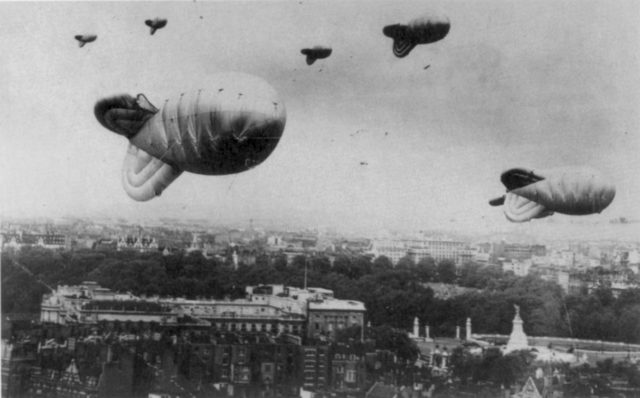
#8 – Hitler’s Revenge Bombing Took Focus Away from the Real Fight
The defeat of the Luftwaffe was sealed through a mixture of accident and Prime Minister Winston Churchill’s cunning.
On the 24th of August, a German plane accidentally went off target and bombed civilian buildings in London. In response, Churchill ordered a retaliatory strike against Berlin. Of 81 bombers sent out by the British the next night, only 29 reached the German capital. They didn’t do much damage, but they didn’t need to.
The attack provoked Hitler, who had promised the Germans that no such thing would happen to them. Abandoning his focus on destroying the RAF, he turned his bombers on British cities. Starting on the 7th of September, hundreds of tons of bombs were deliberately dropped on London and other cities in a series of raids known as the Blitz.
By taking pressure off the RAF, the Blitz gave them time to recover. Soon they were shooting down bombers faster than the Germans could make them. The work of the preceding weeks was undone. Though no-one knew it yet, the outcome of the Battle of Britain had been decided.
#9 – Shift to Night-Time Raids
Raids against British cities continued throughout September. At the start of October, with casualties mounting, the Germans switched to night-time raids. This reduced their losses, but also reduced their effectiveness. It was almost a concession of defeat.
By the end of October, the Battle of Britain was over. Bombing raids continued, but never again with the same intensity and focus.
Britain had been saved.
